Engineering Office for Fire Safety and Safety Planning
Fire Prevention

Structural fire protection
- Fire protection concepts for buildings of every sort, from constructional to defensive
- Fire protection Expertise of all sorts
- Smoke extraction concepts
- Firefighting water calculations
- Fire protection construction supervision
- Expert supervision of construction works until approval

Operational fire protection
- Emergency and Hazard Control concepts
- Fire protection and emergency plans
- Fire fighting plans
- Fire escape routes
- Escape and rescue plans
- Fire protection regulations (part A, B and C)
- Duties of external fire protection officer in cpmpanies of all sorts:
- check the organizational and operational fire protection
- check the general constructional and plant-specific fire protection measures
- support the internal fire protectoon officer
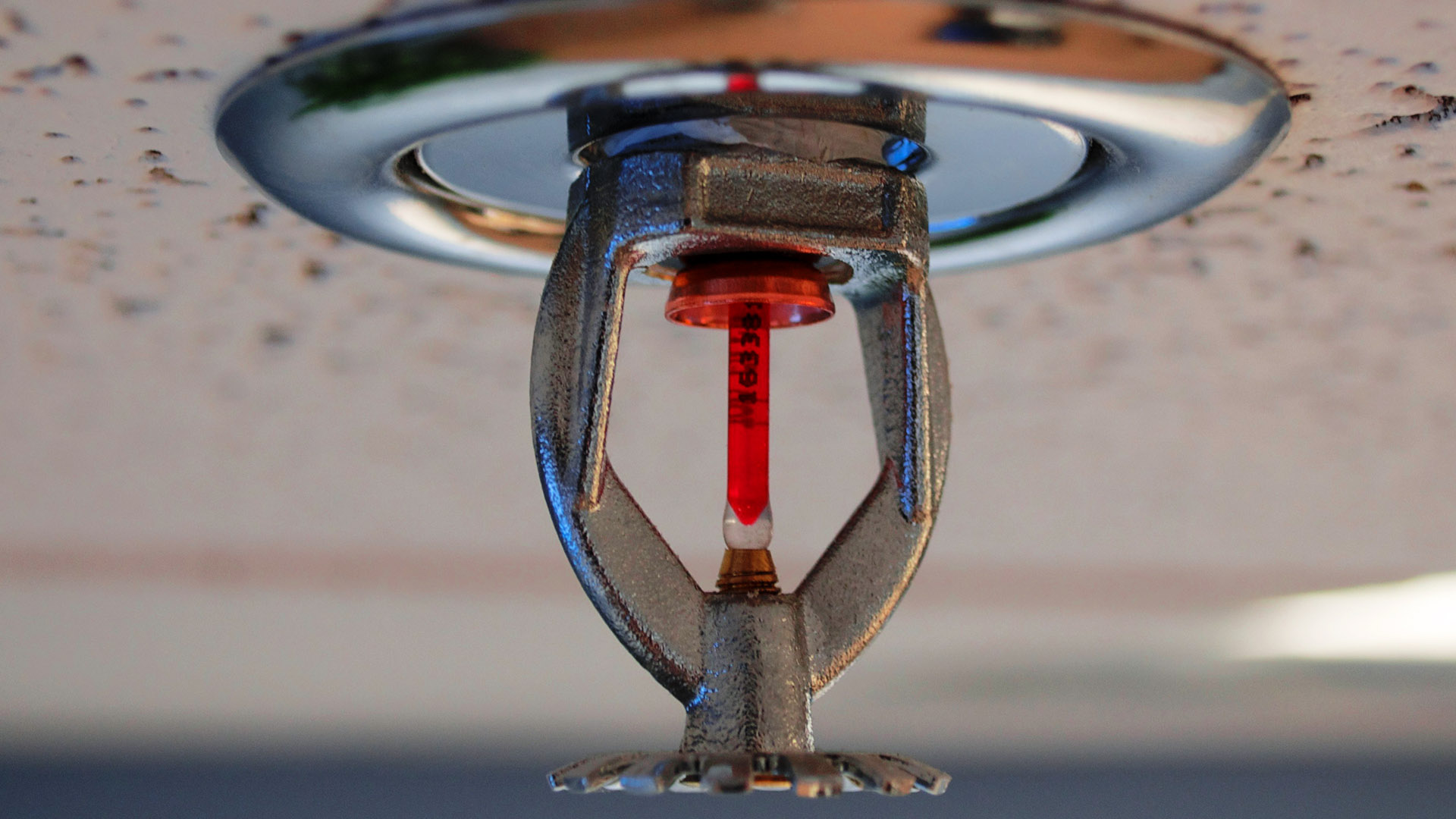
Plant technical fire protection
- Firefighting systems
- Fire Alarm systems
- Smoke and heat extraction systems
- safety power supply Systems and safety lighting
engineering methods
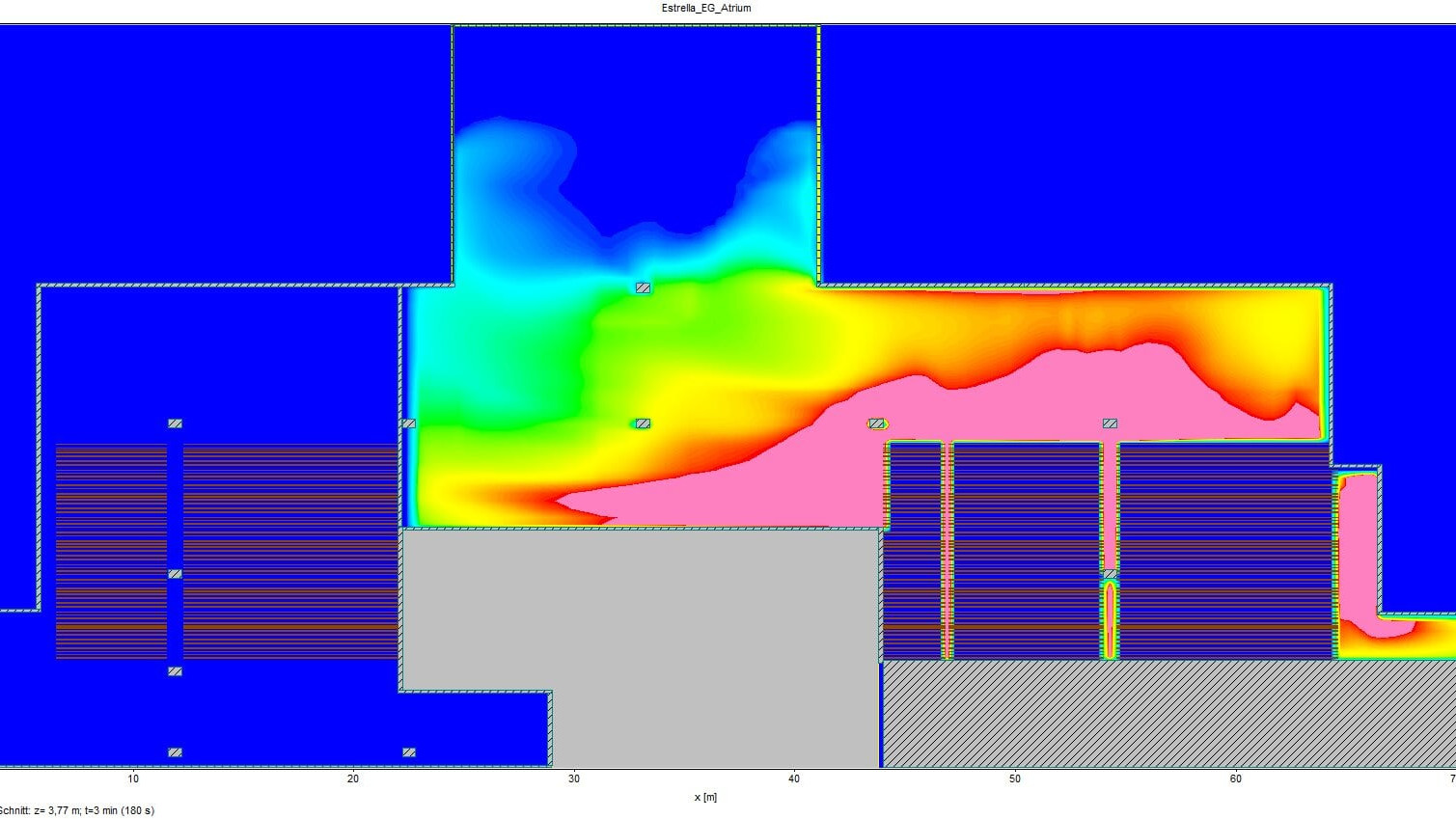
Simulation of fire scenarios
The most advanced method of simulating area fires and smoke diffusion currently is field modelling. In this process methods of Computational Fluid Dynamics (CFD) are used to investigate temperature distribution, gas flow (convection current, compensation current, ventilation current) and other important variables for the spread of fire and smoke.
The simulation of fires in buildings or of smoke and heat diffusion is one of the more difficult tasks of numerical simulation. In addition to secialist knowledge of the physical-chemical process, an in-depth knowledge of the numerical procedures employed is also required.
Whereas standards and regulatory tools contain inflexible requirements, the fire event in buildings of any sort can be reproduced as realistically as possible by means of fire simulation. Computer simulations increase the leeway in the case of preventive structural fire protection. Factors such as smoke diffusion, heat transition and evacuation can be integrated into a fire simulation in detail.
The result is individual concepts that are able to take account of all eventualities.
Our simulations are employed only to determine the cause of the fire. Two questions are of paramount importance: how could the source of the fire reach these catastrophic proportions and was arson involved?
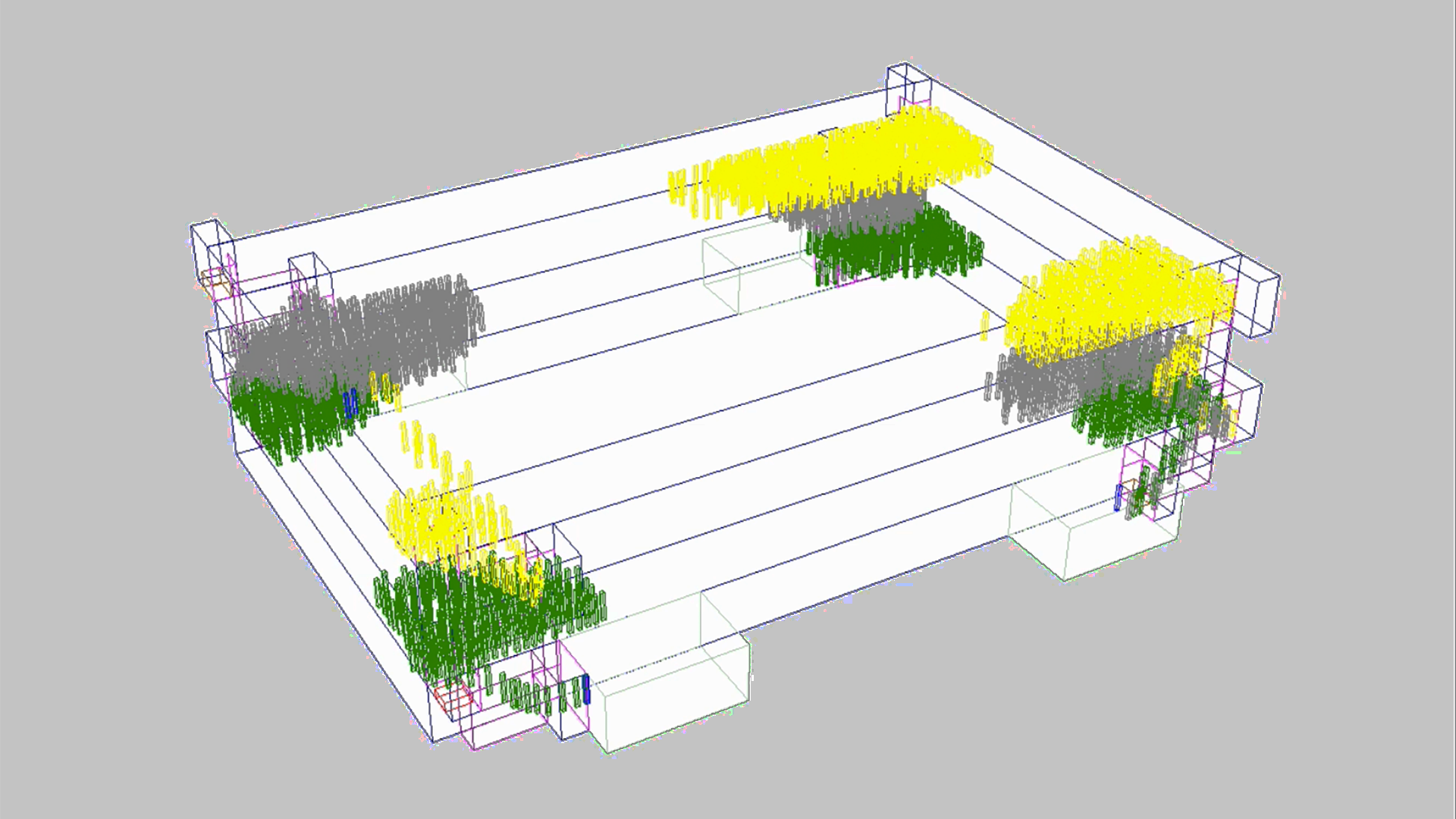
Simulation of evacuation scenarios
Based on the application of mathematical engineering methods, we use a computer-aided process to investigate the evacuation of buildings/people.
For this reason the area to be evacuated (e.g. football stadium, underground railway station, school, university campus) is reproduced in realistic detail on the computer and the sequence of the evacuation represented graphically (two- and three- dimensionally). In addition, a statistical evaluation, with details of, among other things, evacuation times, bottlenecks and congestion formations) is carried out.
The aim of the simulation is, among other things, to acquire information about the appropriate size of the escape and rescue routes and the number and width of doors and the maximum permitted number of persons in the building concerned.
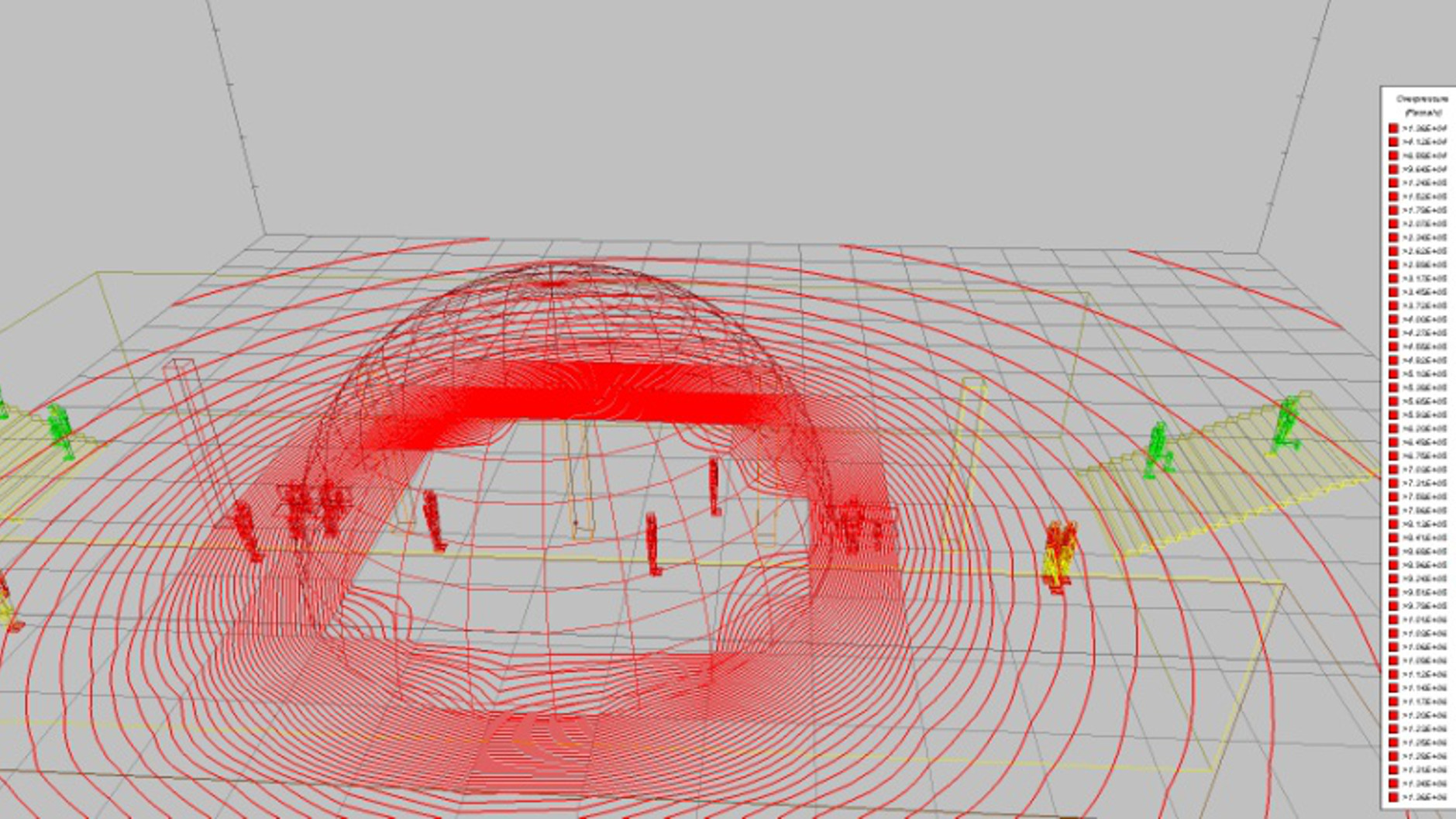
Simulation of Explosion scenarios
The calculation procedure is based on the Finite Elements Method (FEM). By means of this numerical computational process, the area to be assessed (e.g. within a building or entire urban districts) is laid out in a grid plan and local functions for the variables of the grid points to be calculated are determined.
These provide information about the explosion damage in buildings or human injuries as well as the degree of injury to individual parts of the body (e.g. ear drum, pelvis, thigh).
In addition, the extent of explosion damage/injuries in a particular area due to the explosion blast wave is represented.
By analysing simulation results it is possible to create, among other things, terror protection concepts for security agencies and catastrophe protection concepts for firefighters and catastrophe units.
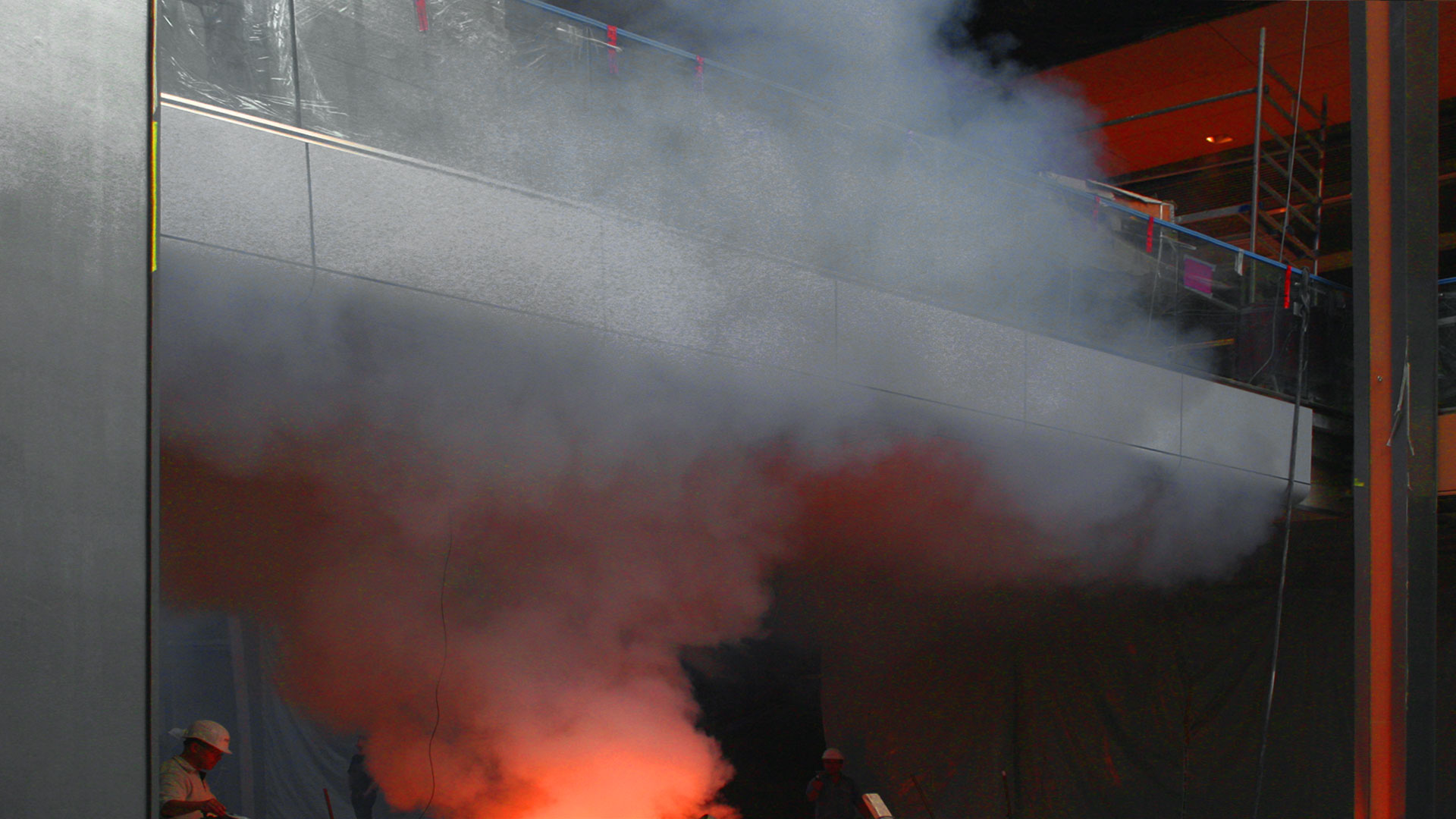
Hot smoke trials
We carry out hot smoke trials to check existing smoke and heat extraction facilities and smoke etraction concepts. The sequence and the results are visualized, validated and, if necessary, assessed by experts. A harmless and residue-free mist is produced via smoke generators, which is adjusted by means a gas burner that can be regulated to the appropriate temperatures.
Construction Task Force - "BTF"
For the punctual opening of structural facilities we take over/support project and construction management. Taking into account the necessary individual legally binding building regulations acceptance criteria, such as the whole construction fire protection, firefighting facilities, fire alarm facilities, safety lighting, emergency power supply as well as facilities for smoke and heat extraction, we hold talks with the experts, the building supervision authority and the fire protection office and take care that the construction project is released for use.
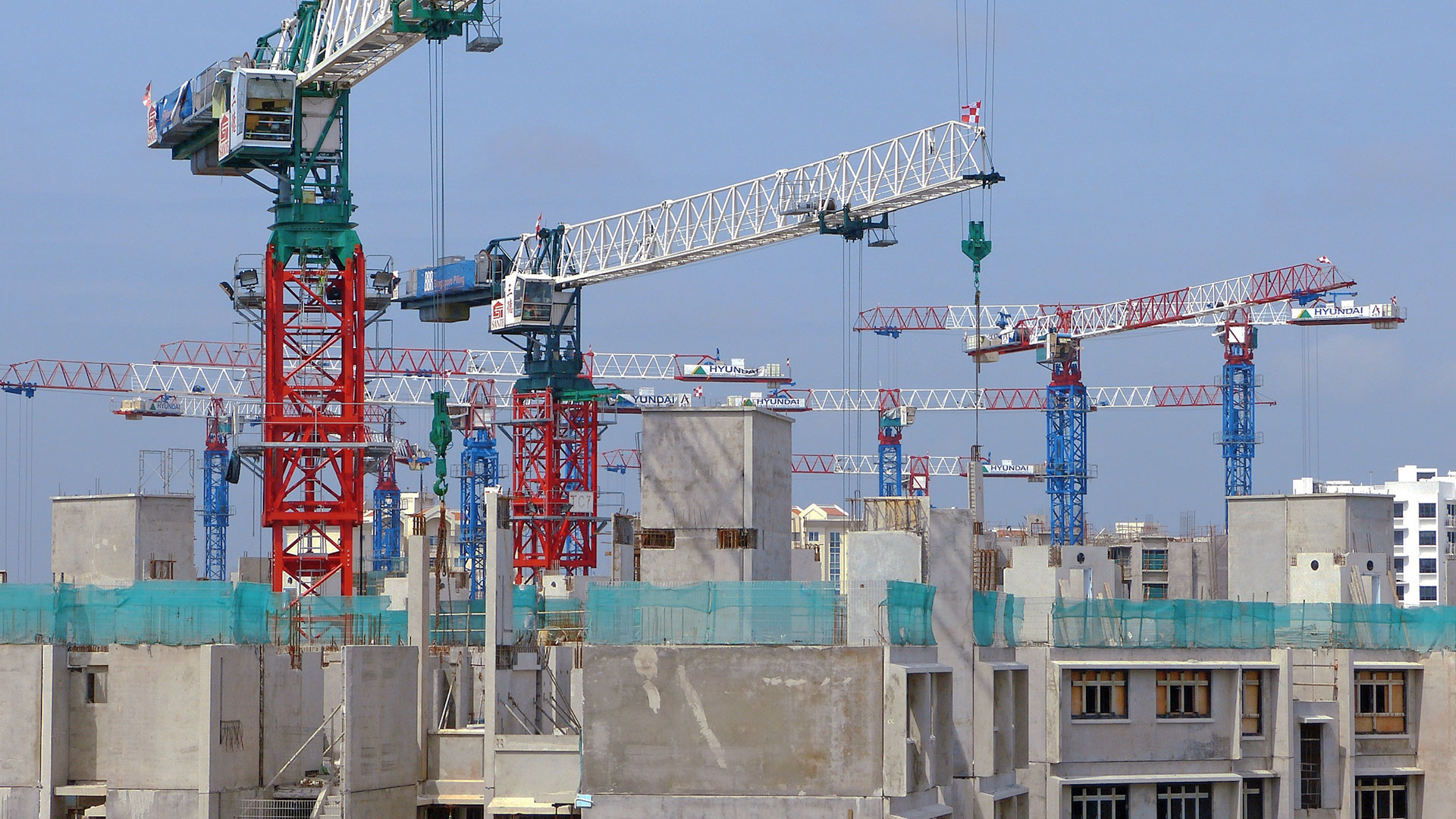
special construction management
For the timely opening of structures, we take over or support the project or construction management. Taking into account the individual building regulations required acceptance criteria, such as the entire structural fire protection, extinguishing systems, fire alarm systems, emergency lighting, emergency power supply, and facilities for smoke and heat dissipation, we hold appropriate discussions with the test experts, the building inspectorate and the fire department and thus ensure a release the structural plant.
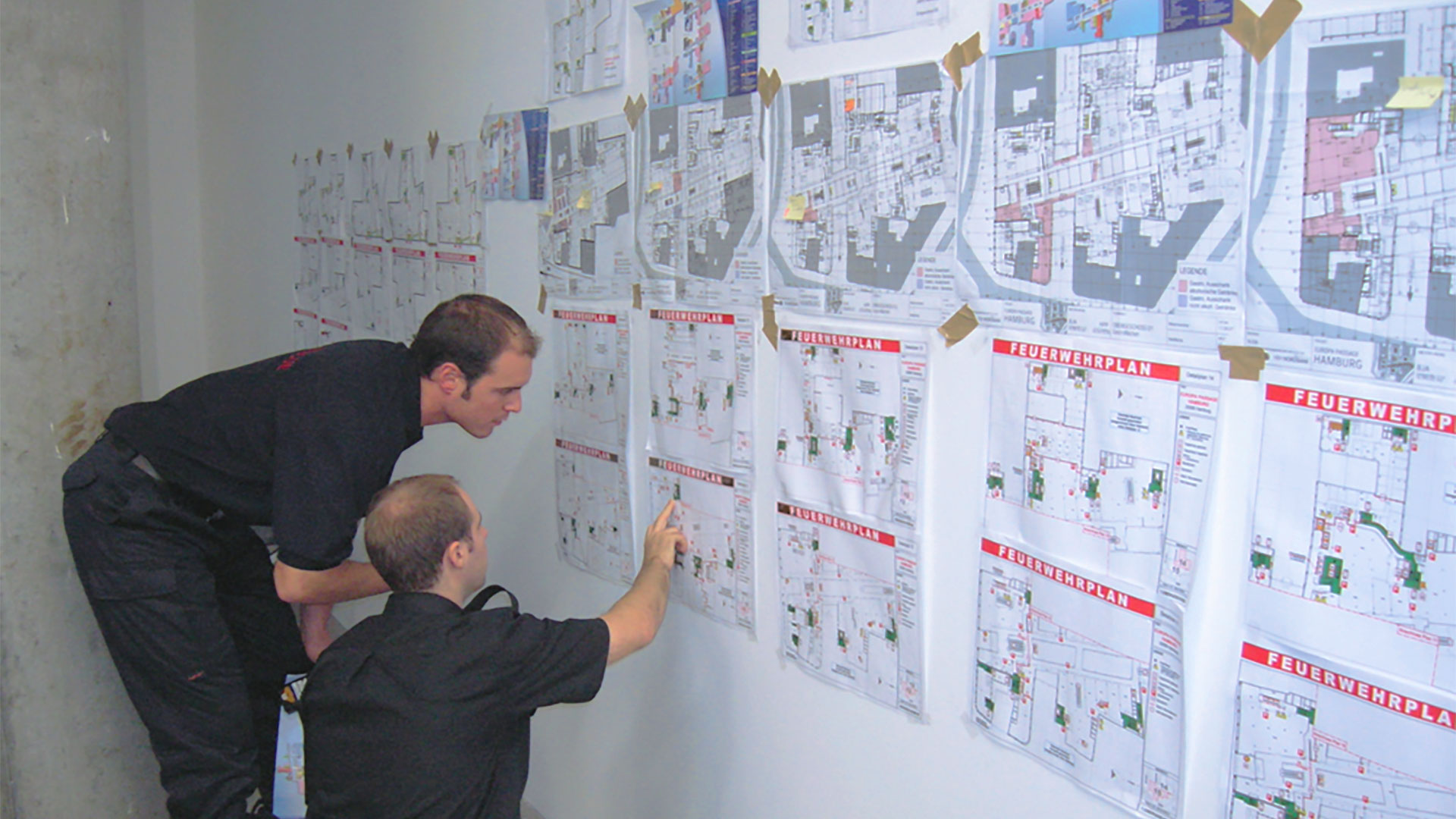
Technical Construction Task Force - "TEK-Bau"
Coming soon!
